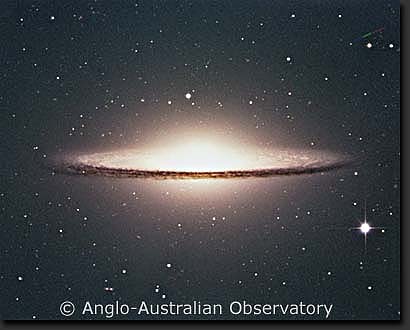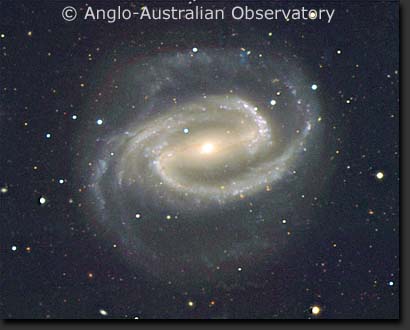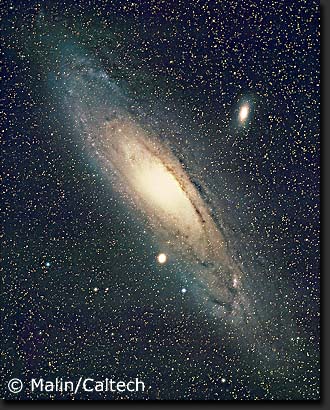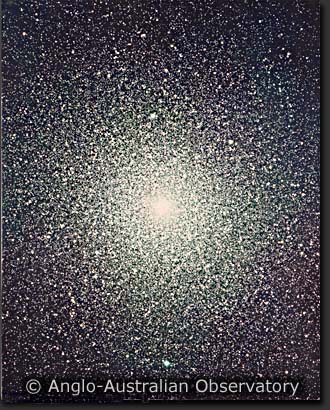|
I’ve written this brief introduction to the type of astronomical observing most common among hobbyist amateur astronomers. Most amateurs are deep sky observers; that is we look at objects far beyond our solar system which fall into two categories: 1) Objects which are part of the Milky Way Galaxy (our home galaxy) and it’s two companion Galaxies - The Greater and Lesser Magellanic Clouds, and 2) everything beyond.
Within the Milky Way and it’s two largest companions galaxies, we find stars, star birth nebulae, star death nebulae, multiple star systems, open star clusters, globular clusters (gravitationally closed systems), particulate / gaseous fields, and black holes, neutron stars, etc. All of these celestial objects are far beyond our reach - the closest star is 26,000,000,000,000 miles distant, and the brightest star in the sky - Sirius the “dog star” - the beacon of the winter sky - is 50,000,000,000,000 miles distant.
At 100,000 miles per hour, it would take a spacecraft one half billion years to reach Sirius. At the same velocity, a Spaceship could reach Jupiter in 24 weeks, or reach the moon in the time elapsing between breakfast and your 10:00 am coffee break.
|



